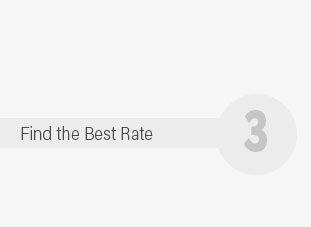 |
 |
 |
|---|
 |
 |
 |
 |
|---|
 |
 |
 |
 |
 |
 |
|---|

Understanding Key Information: Comparing Home Contents InsuranceIn today's unpredictable world, safeguarding one's home and its contents is not just a wise decision; it's a necessity. Home contents insurance provides a safety net, ensuring that the possessions within your home are protected against unforeseen events such as theft, fire, or natural disasters. Yet, with the myriad of options available, comparing home contents insurance can be a daunting task. Here, we delve into the essential aspects to consider when comparing policies, helping you make an informed decision that aligns with your needs and budget. Firstly, it is crucial to assess the coverage limits offered by different insurers. Some policies may have a cap on the total amount they will pay out, while others might limit coverage on specific items like jewelry or electronics. Understanding these limits will help you gauge whether a policy provides adequate protection for your most valuable items. Additionally, consider the replacement cost versus the actual cash value. A replacement cost policy will cover the expense of replacing an item with a new one of similar kind and quality, while an actual cash value policy will only pay out what the item is worth at the time of loss, considering depreciation. This distinction can significantly affect your out-of-pocket costs in the event of a claim. Another factor to evaluate is the deductible amount, which is the portion you must pay before your insurance kicks in. A higher deductible typically means lower premiums, but it also means higher costs when filing a claim. Balancing these aspects according to your financial situation and risk tolerance is essential. Moreover, take into account any exclusions listed in the policy. Common exclusions might involve certain types of water damage, wear and tear, or damage due to pests. Knowing these exclusions in advance can prevent unpleasant surprises during a claim process. When comparing home contents insurance, one should not overlook the importance of customer service and the insurer's reputation. Researching customer reviews and ratings can provide insights into the insurer's reliability and the ease of the claims process. A company with a history of positive feedback and efficient claim handling can offer peace of mind. Furthermore, consider any additional benefits or add-ons that might be of interest. Some insurers offer extra coverage for accidental damage, identity theft protection, or even legal expenses. While these may increase the premium, they can provide valuable coverage tailored to specific needs. Finally, don't forget to compare quotes from multiple providers. While price should not be the sole determining factor, it is undoubtedly an important consideration. Utilizing comparison tools and websites can streamline this process, offering a side-by-side look at various options. However, ensure you are comparing equivalent coverage levels and terms to make an accurate assessment. In conclusion, while the task of comparing home contents insurance may initially seem overwhelming, focusing on key elements such as coverage limits, deductibles, exclusions, and customer service can simplify the process. By taking the time to thoroughly compare your options, you can secure a policy that not only protects your belongings but also provides peace of mind. https://www.canstar.com.au/home-insurance/
Quickly compare a wide range of home and contents insurance policies with our home insurance comparison tool, helping you narrow down your options. https://www.iselect.com.au/home-insurance/
Our range of Home and Contents partners. iSelect does not compare all providers in the market or all policies offered by our partners in your area. Not all ... https://www.uswitch.com/home-insurance/
It varies by policy but buildings insurance also covers general repairs such as roof repair, or any damage to internal pipe. Contents insurance ...
|
|---|